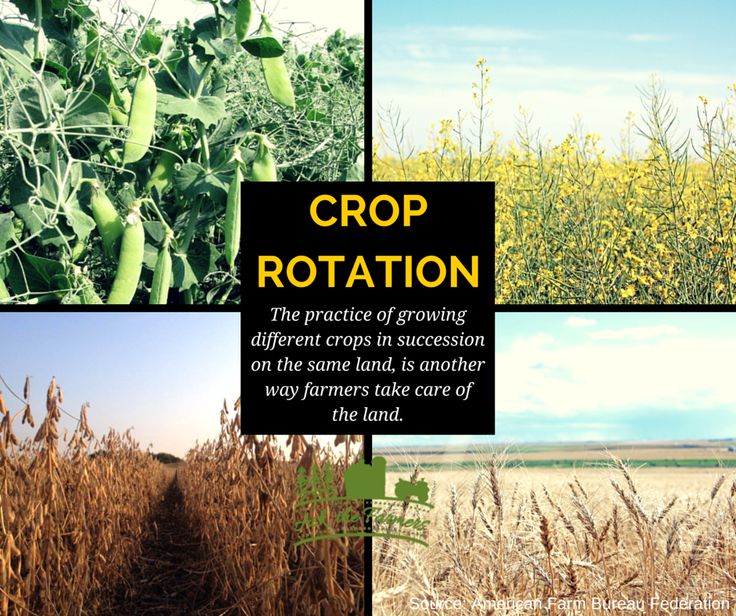Cost-effective farming techniques are essential for small-scale farmers and homesteaders looking to maximize their profits and minimize expenses. By implementing these innovative approaches, farmers can increase their yields while reducing input costs. Here are the top 10 cost-effective farming techniques:
1. Crop Rotation: Rotating crops helps prevent soil erosion, reduces pests and diseases, and improves soil fertility naturally. It also reduces the need for chemical fertilizers or pesticides.
2. Intercropping: Planting complementary crops together maximizes space utilization and increases yield per acreage. For example, growing nitrogen-fixing legumes with corn or sorghum can enhance soil fertility without synthetic inputs.
3. Composting: Creating nutrient-rich compost from organic waste (i.e., kitchen scraps, livestock manure) is a cost-effective alternative to commercial fertilizers. Compost improves soil structure, retains moisture, and enhances overall plant health.
4. Rainwater Harvesting: Collecting rainwater in reservoirs or barrels during the wet season ensures a reliable water supply during dry spells without relying on expensive irrigation systems.
5. Natural Pest Control: Utilizing biological pest control methods such as beneficial insects (e.g., ladybugs), companion planting (marigolds to deter pests), or physical barriers (nets or fences) reduces the reliance on costly chemical pesticides.
6. Cover Crops: Planting cover crops like clover or rye during fallow periods prevents weed growth, increases organic matter content in the soil when tilled under, and minimizes erosion.
7. Integrated Livestock Management: Integrating livestock into crop production systems allows for efficient use of resources through practices like rotational grazing or using animal waste as fertilizer.
8. Precision Farming Techniques: Implementing precision agriculture technologies such as GPS guidance systems or remote sensing tools optimizes resource allocation by precisely applying fertilizers and irrigation where needed most effectively.
9. Seed Saving: Instead of purchasing new seeds every year, saving and storing seeds from the previous season’s crops can significantly reduce costs over time.
10. Value-Added Products: Diversify income streams by processing raw farm products into value-added goods like jams, jellies, or artisanal cheese. These products often command higher prices in local markets.
By adopting these cost-effective farming techniques, farmers and homesteaders can not only increase their profitability but also contribute to sustainable agriculture practices that benefit the environment and surrounding communities.


Leave a comment